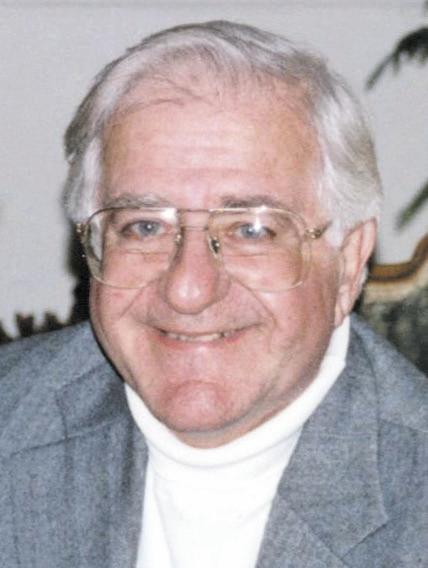
3 minute read
and a Boy She Saved ‘HE WOULD HAVE A BETTER CHANCE’
Grunsfeld was a beautiful town of 2,000 people in the hills of southern Germany.
Hugo Schiller was born on Aug. 18, 1931, to Selma and Oskar Schiller; he was their only living child.

Selma’s family had lived in Grunsfeld since the 1540s and owned a dry goods store. Oskar was the mayor of Grunsfeld, and the family enjoyed an idyllic home life until all Jews were banned from retail ownership and their store was “sold” to Gentile owners.
On Nov. 9, 1938, Kristallnacht, Jewish shop windows were smashed, the synagogue was destroyed, and Jews were indiscriminately beaten. Despite the fact that Oskar Schiller had received the Iron Cross for bravery in World War I, he was arrested and taken away, but returned in six weeks.
Soon after his return, Oskar felt it best to entrust the family jewelry, including a ring given to Oskar from Selma’s father, to a local jeweler.
Life was changing for the family. Many of Hugo’s friends were no longer allowed to play with him, and he was barred from attending school. On Sept. 1, 1939, the war officially started.
Since 7-year-old Hugo could no longer attend school, he went to live with relatives in Offenbach, Germany. On a return visit home during a school break in October 1940, the Nazis banged on the door at 5 a.m. The Schiller family was given one hour to pack a few things and were then trucked to Wiesbaden, where they were forced to march toward the train. It was an overcast day as the Schiller family was placed on a train for the Gurs internment camp in the Pyrenees mountains.
The family traveled with others for two days, unsure of where they were to be taken. On arrival, the family was separated, with 9-year-old Hugo living with his mother. Once monthly, he could visit with his father. Hugo recalls the cold and the persistent hunger that consumed him. Straw mattresses were on the floor, and people around Hugo were dying.
During this time, the camp allowed letters and packages, and Quakers could enter the camp to help feed the children. While there, they would speak to parents about signing the children over to them to be moved to a children’s home in Aspet,
France. One of the Quakers, Alice Resch, was assigned to Hugo’s group. Alice discussed transporting Hugo to a school in the south.
“He would have a better chance there,” she told Hugo’s parents.
They agreed that this might be the best hope for Hugo and his survival. In February 1941, he became one of 48 children removed from camp and transported by truck to Aspet, France.
At La Maison des Pupilles in Aspet, the children had a feeling of safety. There was a “normal” schedule with school, playtime, and activities, but Hugo yearned for his parents.
Many smaller children would cry for their mothers, and Hugo would sing lullabies to them. Letters between Hugo and his parents were sent. An excerpt from one letter reveals the quiet concern that his parents had for Hugo and his future. They asked that he commit to mem- ory the address of an uncle in America (538 W. 158th St., New York City).

After several letters, his parents told Hugo that he would be leaving the school and traveling to visit his family in America. Alice and the Quaker agency arranged for Hugo to travel to Marseilles, France, then to Casablanca, Morocco, then to America. Additionally, Alice arranged that Hugo’s parents be able to visit him in Marseilles prior to his trip. That visit was wonderful for Hugo, but it was the last time he saw his parents.
Within weeks of this visit, his parents were placed on transport train No. 17, bound for Auschwitz, and in 1945, Hugo learned of their murder.
On July 10, 1942, 10-year-old Hugo traveled with more than 800 European immigrants on the steamship Nyassa from Casablanca to Baltimore. Hugo traveled by bus to New York, where he was met by a cousin at 62nd Street.
Hugo lived with his relatives, attended and graduated high school in 1949 and was drafted in the Army. After basic training, he was sent to Iceland and joined the boxing team. He attended the Fashion Institute of Technology on a scholarship, earning a degree in industrial engineering.
In Baltimore, he met and married Eleanor Cohan. They had two children and three grandchildren, and they have lived in Myrtle Beach for more than 50 years.

In 1972, a beautiful surprise awaited Hugo. A cousin returned the ring that Oskar had entrusted to the jeweler in Grunsfield, Germany. Selma’s brother Max had retrieved the ring and had held it for many years. Upon Max’s death, his daughter Hella came upon the ring while organizing his personal effects and remembered it as belonging to her Uncle Oskar.
She brought the ring to the U.S. and returned it to Hugo at his Myrtle Beach home.










